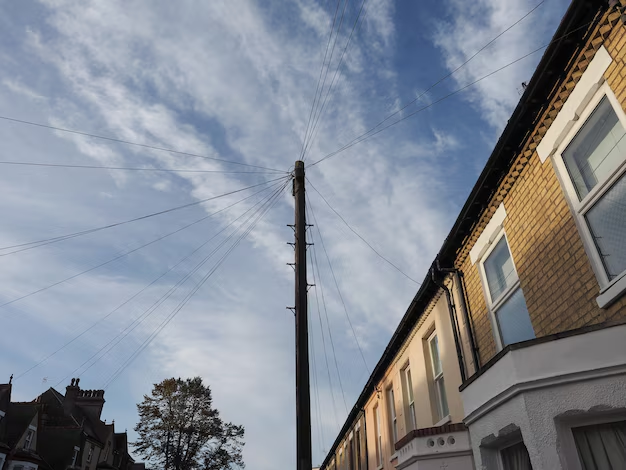Understanding Your Monthly Electricity Costs in an Apartment
Living in an apartment often means experiencing different utility expenses compared to those in larger homes, largely thanks to reduced space. However, many people still find themselves perplexed about how much electricity per month an apartment typically costs. While the answer can vary significantly based on location, size, and personal energy usage, having a baseline understanding can help manage and potentially reduce these costs.
Average Monthly Electricity Costs
For many apartment dwellers in the U.S., monthly electricity bills range between $50 to $150. This range is affected by numerous factors, such as the region's climate, the apartment size, the number of occupants, and personal habits. For instance, someone in a small studio efficiency apartment in New York City might see lower bills than a family in a multi-bedroom unit in Texas, if both employ energy-saving habits and technologies.
- Size and Type of Apartment: Smaller apartments naturally consume less energy. Studios and one-bedroom apartments generally fall on the lower end of the electricity cost spectrum.
- Location Matters: Northern regions may witness lower electricity costs due to fewer air conditioning requirements, whereas Southern areas might experience higher costs during summer months.
- Personal Habits: Overuse of heating or cooling systems, leaving lights on, or using high-energy appliances frequently can drive up costs.
Tips for Managing and Reducing Electricity Costs
Being energy-conscious is the key to keeping electricity bills manageable. Here are some practical tips for apartment residents:
- Use Energy-Efficient Appliances: Investing in LED lighting and Energy Star-rated appliances can significantly cut down electricity usage.
- Smart Thermostats: Installing smart thermostats helps optimize heating and cooling efficiency, cutting costs while maintaining comfort.
- Unplug Devices: Even when turned off, appliances and electronics can use energy if plugged in. Unplugging or using power strips can help reduce this phantom load.
- Regular Maintenance: Ensure regular maintenance of HVAC units and other major appliances to ensure they are running efficiently.
Financial Assistance and Support Programs
Sometimes, despite best efforts to conserve, electricity bills can be challenging to manage. In such cases, several financial assistance options are available:
- Federal and State Programs: Programs like the Low-Income Home Energy Assistance Program (LIHEAP) provide federal assistance for managing energy costs.
- Utility Company Aid: Many utility companies offer budget billing plans or discounts for low-income households. Check with your local provider for options.
- Debt Relief and Credit Solutions: Consolidating debt or using low-interest credit options might provide temporary relief.
- Educational Resources: Various online courses and local workshops can educate consumers on energy conservation techniques.
Explore Financial Options for Energy Management
Here's a quick rundown of available resources for managing electricity costs:
- 📉 Government Aid: LIHEAP offers assistance for low-income households needing help with high energy costs.
- 💡 Utility Provider Discounts: Contact your utility provider for potential rebates on energy-efficient appliances or discounted rates.
- 🏦 Alternative Payment Plans: Explore options for low-interest credit cards to manage unexpected spikes in energy costs.
- 🌍 Green Energy Initiatives: Some states offer tax credits or rebates for using renewable energy sources. Check if solar or wind energy options are viable and cost-effective for your circumstance.
- 🎓 Energy Education: Participating in workshops or enrolling in courses on sustainable living can empower you with knowledge to further conserve energy.
Understanding and managing electricity costs in your apartment is about being informed and proactive. With the right strategies and resources, maintaining a balanced and affordable utility budget is entirely achievable.
